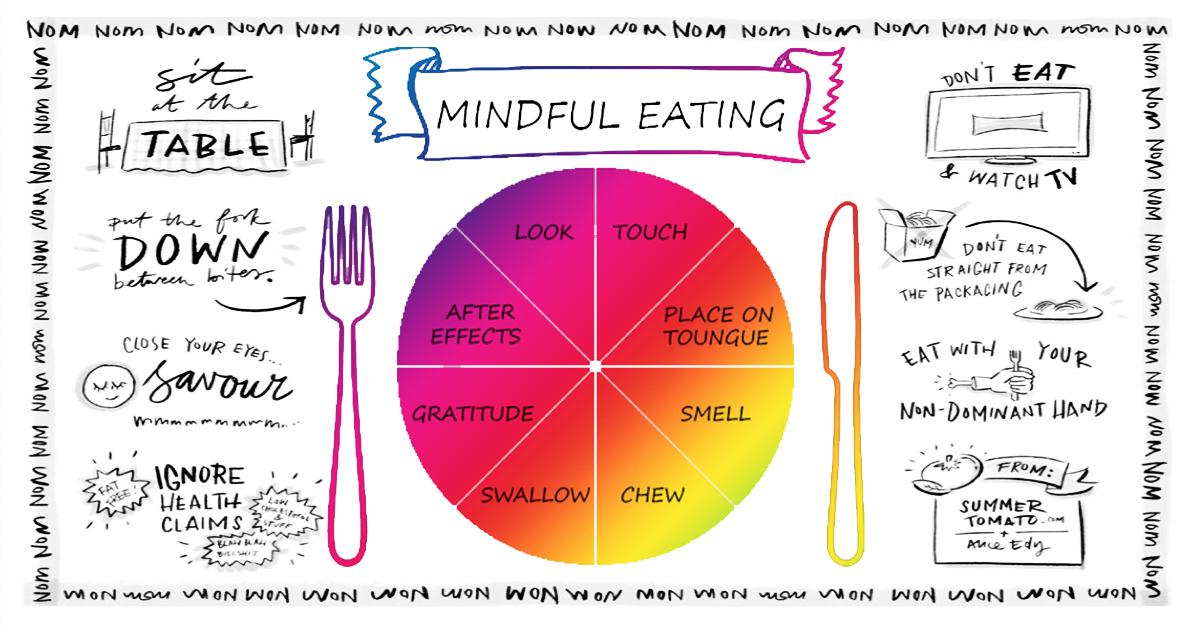In a world saturated with quick-fix diets and relentless societal pressures to achieve an ideal body image, many find themselves trapped in a relentless cycle of dieting and emotional eating. This cycle, often fueled by stress, anxiety, and a myriad of complex emotions, can lead to a tumultuous relationship with food and self-image. The struggle is not just about the food itself, but rather the deeper emotional and psychological patterns that drive eating behaviors. Understanding the intricate web of factors that contribute to this cycle is crucial in breaking free and fostering a healthier, more balanced approach to nourishment and self-care. This article delves into the underlying causes of this pervasive issue, offering insights and strategies to help individuals liberate themselves from the grips of dieting and emotional eating. Through empathetic analysis, we aim to provide a roadmap to a more harmonious relationship with food and, ultimately, with oneself.
Understanding the Emotional Triggers Behind Dieting
Dieting often feels like an emotional rollercoaster, with each high and low intricately tied to our feelings and psychological state. Recognizing the emotional triggers behind dieting is crucial for breaking free from the cycle of restriction and indulgence. Stress, boredom, loneliness, and self-criticism are common culprits that drive us toward unhealthy eating habits. These emotions often lead to a cycle where food becomes a coping mechanism rather than a source of nourishment.
To address these triggers, consider the following strategies:
- Mindful Eating: Pay attention to your hunger cues and the reasons behind your food choices.
- Emotional Awareness: Identify and acknowledge your emotions without judgment, which can help prevent them from dictating your eating habits.
- Healthy Coping Mechanisms: Develop alternative ways to cope with emotions, such as engaging in physical activity, meditating, or pursuing a hobby.
- Support Systems: Seek support from friends, family, or professional counselors to help navigate emotional challenges.
By understanding and addressing these emotional triggers, you can foster a healthier relationship with food, paving the way for sustainable lifestyle changes.

Developing a Mindful Eating Practice
In the journey to breaking free from the relentless cycle of dieting and emotional eating, cultivating a mindful eating practice can serve as a transformative tool. Mindful eating is about bringing full awareness to the experience of eating, allowing one to be present in the moment without judgment. This practice encourages individuals to savor their meals, recognize hunger and satiety cues, and develop a healthier relationship with food. By fostering an environment of mindfulness, individuals can reduce the impulse to eat based on emotions rather than physical hunger.
- Slow Down: Take the time to truly taste and enjoy each bite. This can help you recognize when you’re satisfied, preventing overeating.
- Check-in with Yourself: Before reaching for food, pause and ask yourself if you’re truly hungry or if emotions are driving your desire to eat.
- Create a Pleasant Eating Environment: Turn off distractions like television and focus solely on your meal, enhancing the sensory experience.
- Practice Gratitude: Acknowledge the effort and resources that went into your meal, fostering a deeper appreciation and connection to your food.
By integrating these mindful practices into daily routines, individuals can begin to dismantle the habitual patterns of emotional eating and instead foster a more intuitive and peaceful approach to nourishment.
Building a Supportive Environment for Lasting Change
Creating an atmosphere that nurtures positive transformation involves cultivating both your physical surroundings and your social circles. Begin by assessing your environment: Are there items or spaces that trigger unhealthy habits? Consider reorganizing your kitchen to feature nutritious foods prominently while reducing the accessibility of snacks that lead to emotional eating. This physical shift can subtly reinforce your commitment to change.
Equally important is the support network you establish. Surround yourself with individuals who understand your journey and encourage your progress. This could include friends, family, or support groups focused on mindful eating. Foster these connections through activities like:
- Cooking nutritious meals together, which promotes shared learning and accountability.
- Regular check-ins, providing opportunities to discuss challenges and celebrate victories.
- Engaging in physical activities, which can serve as healthy emotional outlets and bonding experiences.
A supportive environment acts as both a safety net and a springboard, empowering you to break free from the cycle of dieting and emotional eating, ultimately leading to lasting change.

Crafting a Personalized Plan for Sustainable Health
To create a truly effective and personalized plan for sustainable health, it’s essential to move beyond the one-size-fits-all approach of traditional dieting. Start by identifying your unique needs and triggers. Emotional eating often arises from stress, boredom, or even happiness, so pinpointing these emotions is crucial. Journaling your feelings and food intake can reveal patterns that need addressing. This self-awareness will help you craft a plan that respects your body’s signals and emotional state, rather than fighting against them.
Next, focus on building a supportive environment that nurtures your journey towards healthier habits. Consider these strategies:
- Set realistic goals: Aim for gradual changes rather than drastic shifts to avoid feeling overwhelmed.
- Prioritize nutrient-rich foods: Fill your plate with whole foods that fuel your body and satisfy your palate.
- Incorporate mindful eating practices: Pay attention to hunger cues and savor each bite to foster a more intuitive relationship with food.
- Seek community support: Engage with groups or friends who share your health aspirations for encouragement and accountability.
By aligning your plan with your personal lifestyle and emotional needs, you’ll cultivate a sustainable path to health that is both fulfilling and freeing.
